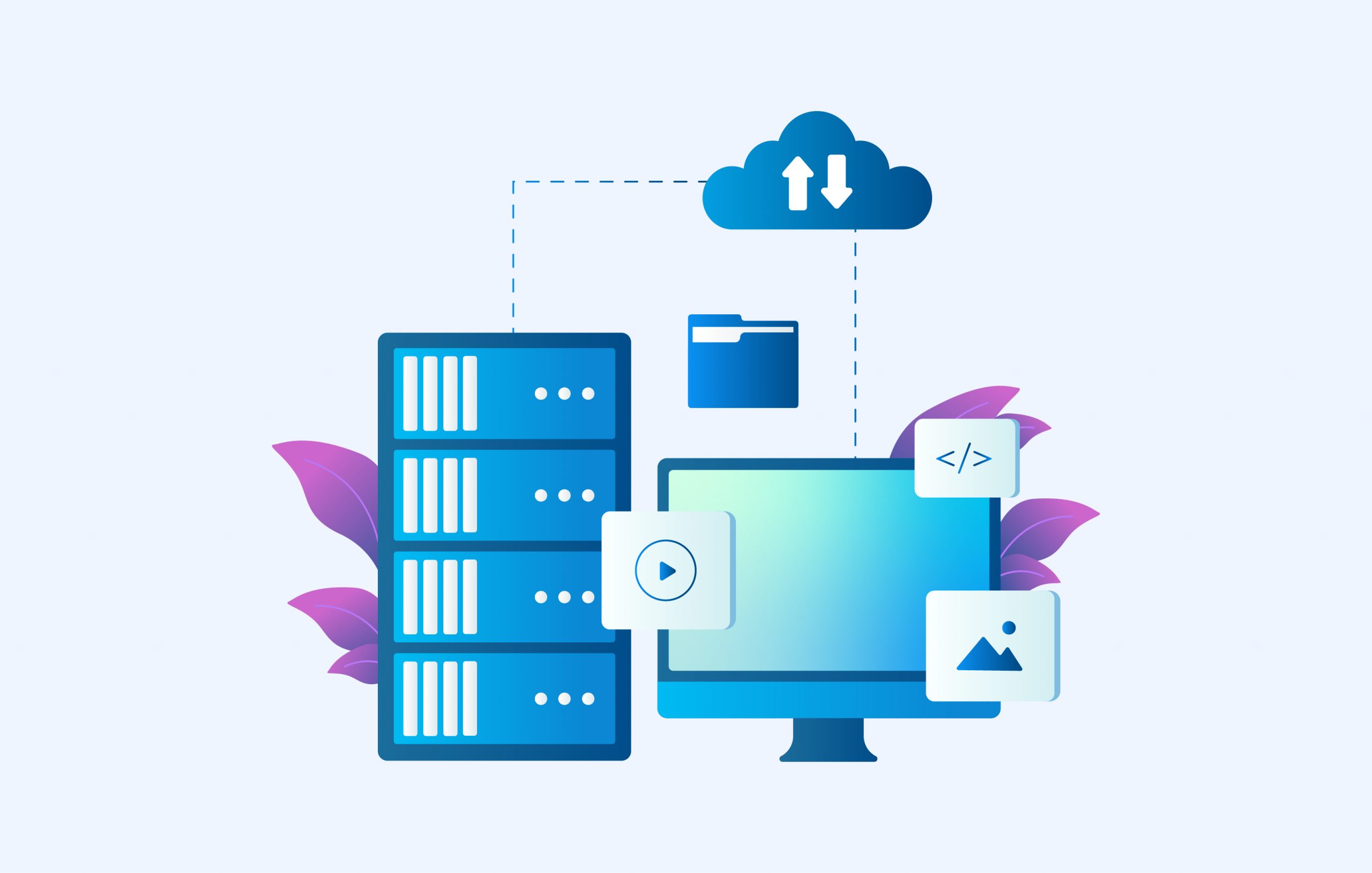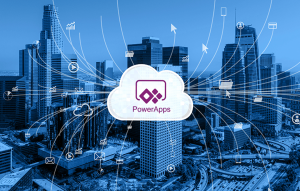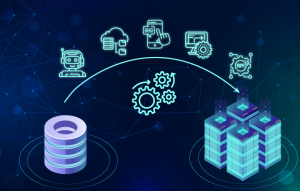Imagine a bustling office filled with outdated systems, piles of paperwork and frustrated employees navigating through a labyrinth of inefficiency. It’s a familiar scene for organizations still using legacy business applications. But fear not! Microsoft’s Power Platform has a silver lining. Application modernization with Power Platform eliminates past complexities. Take the next step towards enhancing productivity, streamlining processes and creating an automated business environment that is future-proof.
In this blog, we’ll explore the remarkable benefits and potential of migrating legacy business applications to Power Platform. This will pave the way for an era of efficiency and innovation.
Legacy business applications, with their outdated technologies and limited capabilities, can hinder your business efficiency and growth. However, a transformative solution exists that can empower your organization to overcome these limitations and unlock enhanced integration and productivity: the Power Platform. It is for this reason that businesses have been investing in the Power Platform solution.
5 key insights for migrating legacy business applications to Power Platform
Power Platform: Unlocking the potential
At the heart of digital transformation lies the Power Platform, a comprehensive suite of tools designed to revolutionize the way your business operates. Comprising Power Apps, Power Automate, Power BI and Power Virtual Agents, this platform offers a unified ecosystem. It also empowers you to build custom applications, automate workflows, analyze data and create conversational chatbots.
By leveraging the Power Platform, you can break free from the limitations of legacy business applications. It also adopts a modern, agile approach to technology. With its low-code or no-code capabilities, Power Platform enables collaboration among your business users, IT professionals and developers to collaborate. It also allows to rapidly create solutions tailored to their unique needs.
Streamlining workflows: From SP designer flows to Power Automation
For organizations heavily reliant on SharePoint Designer workflows, the transition to Power Automation brings a host of benefits. Power Automation, part of the Power Platform, offers a powerful and intuitive workflow automation tool that seamlessly integrates with existing systems and applications.
Migrating from SP Designer flows to Power Automation opens a world of possibilities. Organizations can automate repetitive tasks, streamline approval processes and trigger actions based on specific events or conditions. Power Automation’s visual interface simplifies workflow design and implementation, empowering users to create efficient processes without extensive coding knowledge.
Empowering forms: Migrating legacy SharePoint and InfoPath to Power Apps
Legacy SharePoint and InfoPath forms have long served as crucial components of business processes. However, as technology advances, the need for modern, user-friendly solutions become evident. Power Apps, within the Power Platform, offers a seamless migration path for organizations looking to transition from legacy form solutions.
Power Apps allows organizations to build customized, responsive forms that can be accessed across devices. With its drag-and-drop interface and rich set of controls, Power Apps simplifies the form creation process, enabling users to design intuitive and interactive forms. By migrating legacy SharePoint and InfoPath forms to Power Apps, organizations can enhance the user experience, improve data collection and streamline form-based workflows.
Unlocking workflow potential: Nintex flow to Power Automate migration
Nintex Flow, a popular workflow automation tool, has empowered organizations to automate their processes and improve productivity. However, as organizations embrace the Power Platform, migrating from Nintex Flow to Power Automate offers a more comprehensive and integrated solution.
Power Automate extends the capabilities of Nintex Flow by seamlessly integrating with a wide range of applications and services. By migrating to Power Automate, organizations can leverage the extensive library of connectors, triggers and actions to create sophisticated workflows that span multiple systems. The transition allows organizations to take advantage of the unified Power Platform ecosystem, empowering them to achieve even greater workflow efficiency and automation.
Connecting legacy business applications: Seamlessly integrate with the Power Platform
One of the key strengths of Power Platform lies in its ability to connect and integrate with various legacy business applications. Whether it’s an aging ERP system, a custom-built database, or a third-party application, the Power Platform provides flexible integration options to unify data and processes.
By using connectors and gateways, your organization can establish seamless connections between their legacy systems and the Power Platform components. This integration enables real-time data synchronization, enabling organizations to leverage the full potential.
Reaping the benefits: Migrating legacy business applications to Power Platform
Legacy app modernization brings a myriad of benefits that significantly impact efficiency and productivity. Let’s explore some of the key advantages:
- Enhanced user experience: It offers a modern and intuitive user interface, enabling organizations to deliver seamless and engaging experiences for their employees and customers. With Power Apps, users can access applications from any device, improving accessibility and usability.
- Increased agility and flexibility: By transitioning to the Power Platform, organizations can embrace a low-code or no-code approach to application development and automation. This empowers business users to quickly build and modify applications, workflows, and forms, reducing reliance on IT departments and accelerating time-to-market.
- Improved efficiency and automation: Power Automate allows organizations to automate repetitive tasks, streamline approval processes and integrate disparate systems. This results in improved efficiency, reduced manual errors and significant time savings, enabling employees to focus on higher-value work.
- Seamless integration: The Power Platform offers extensive integration capabilities, allowing organizations to connect legacy business applications with other systems, databases and services. This integration eliminates information silos, enabling real-time data exchange and providing a unified view of critical business processes.
- Enhanced data analysis and insights: With Power BI integration, organizations can leverage advanced analytics and visualizations to gain valuable insights from their data. This empowers decision-makers to identify trends, make data-driven decisions and drive organizational growth.
- Cost savings: Migrating to the Power Platform can lead to cost savings in multiple areas. By reducing your dependency on expensive custom development, you can achieve significant savings in application development and maintenance. Moreover, increased automation and streamlined workflows result in increased operational efficiencies and reduced resource requirements.
- Future-proofing: As Microsoft continues to invest in the platform’s development and introduces new features and capabilities, your business can leverage these advancements to stay ahead of the competition. This will enable you to adapt to evolving business needs. The Power Platform also helps businesses achieve a higher ROI.
Power Platform: Transcending legacy to forge a trailblazing future
The migration of legacy business applications to the Power Platform is not just a practical step; it’s a bold move towards revolutionizing the way you work. As we conclude this enlightening journey, let’s reflect on the immense potential and limitless possibilities that await those who dare to embrace the Power Platform.
As you bid farewell to outdated systems, legacy SharePoint forms, and cumbersome workflows, you’re opening the doors to a world of possibilities. Imagine empowered forms that simplify data capture and enhance user experiences. Visualize workflows seamlessly flowing from SP Designer to Power Automation, reducing bottlenecks and maximizing productivity. Imagine legacy business applications seamlessly integrated with the Power Platform, creating a unified ecosystem that enables data-driven decision-making.
However, the journey doesn’t end with the migration. The Power Platform is a dynamic and ever-evolving ecosystem, continuously expanding its capabilities. Stay curious, embrace learning and explore the new tools and features it offers. The Power Platform is not just a destination; it’s a pathway to continuous improvement and growth.
Remember, you’re not just migrating applications; you’re redefining how work gets done. The Power Platform is your catalyst for change, your secret weapon for efficiency and your gateway to innovation. If you need a helping hand to get you started, our experts can get in touch with you to discuss and nurture your idea into a fruitful solution.









